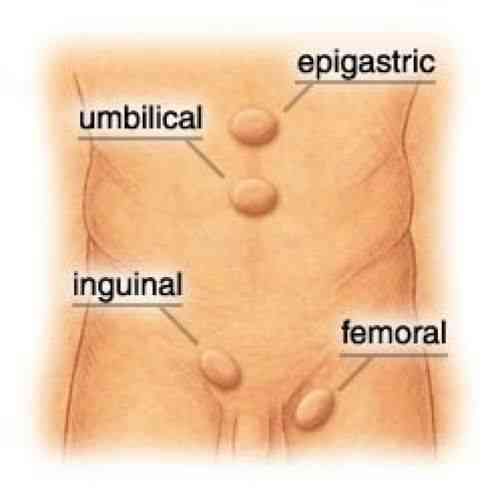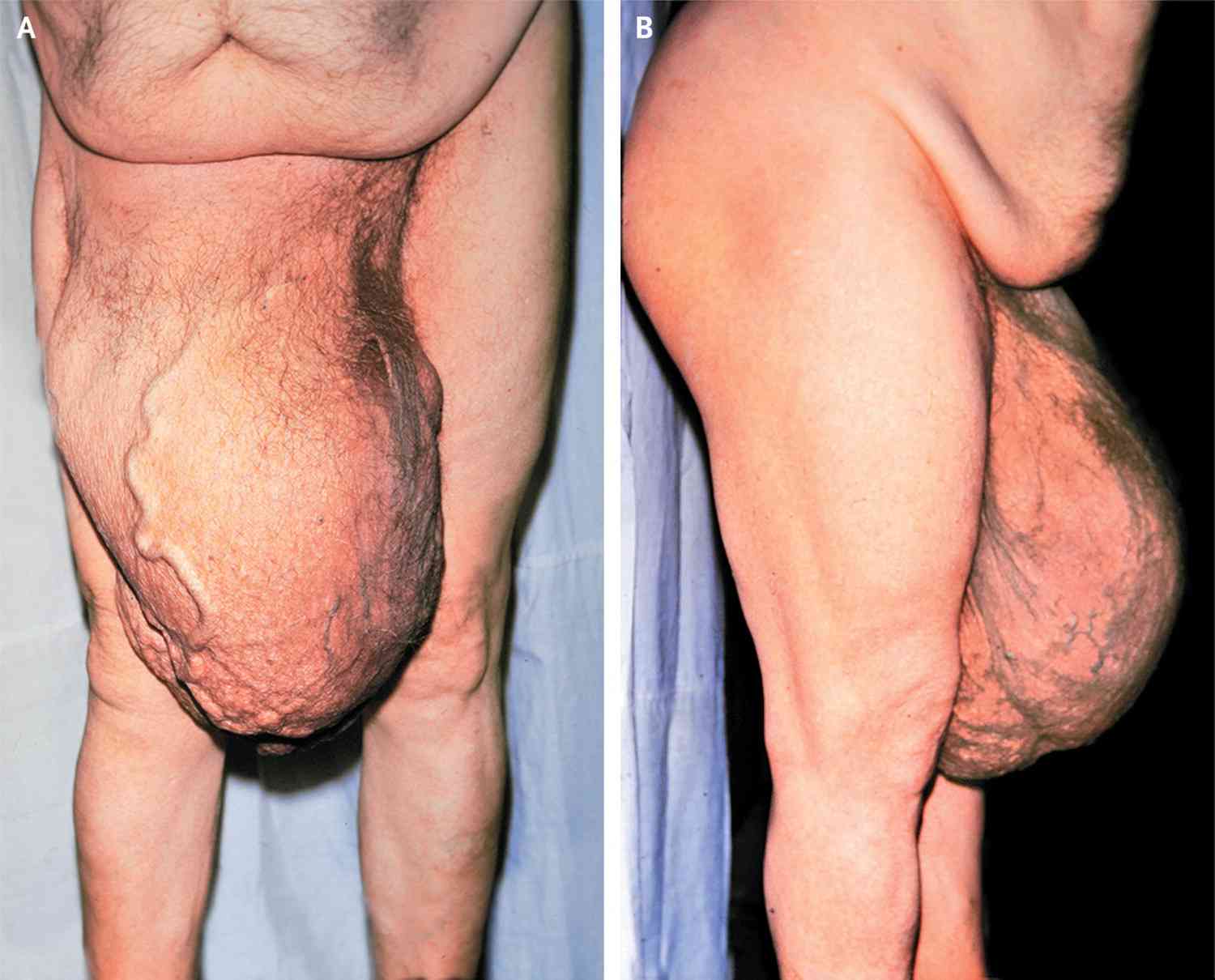
Hernias are an uncomfortable topic (no pun intended, for many reasons). Hernias are yet another example of body parts not being in their proper place. They are caused by weak muscles or tissue allowing other tissue to push through in the face of pressure. Hernias can be found in many places and can be caused by many things.
Here are some examples of places hernias occur:
- In your groin, different types of hernias occur when either the intestine or bladder pushes through groin (inguinal canal) or the abdominal wall. The most common type of hernias here are called inguinal hernias.
- In the upper thigh, the intestine can push through a different space where arteries are normally carried. These are called femoral hernias.
- In your abdomen, your intestine may protrude through an area where you’ve had surgery (rendering that area relatively weak). These are called incisional hernias.
- The small intestine can protrude through the area immediately at or near your belly button. These are called umbilical hernias.
- Part of your stomach can push through an opening in your diaphragm near the end of the feeding tube (your esophagus). These is called hiatal hernias.
The ‘so-what’ of hernias is similar to other outpoutchings throughout the body. Prolapsed intestines (to use one example) can become unable to be relocated into the proper area (an irreducible or incarcerated hernia) or once trapped, it may have blood flow cut off from that part of your intestine (a strangulated hernia). This could lead to death of that tissue. Given the contents of your intestines, any such situations could lead to rupture and infection throughout your body (sepsis). Such complications are life-threatening and require immediate surgery.
Here are causes and risk factors (remember the common denominators are pressure and weakness of the affected area):
- Lifting heavy objects is a particular risk if your abdominal muscles are weak. Men are structurally weaker in the groin anyway.
- Pregnancy and obesity lead to femoral hernias and umbilical hernias (although this type is most common in newborns).
- Surgery obviously places you at risk for an incisional hernia, particularly if you’re inactive.
- Pressure within the abdomen is also increased by sneezing, coughing, diarrhea and constipation (Don’t strain!).
- Smoking, obesity and poor dietary habits also increase the risk by lessening muscle strength.
Don’t let this happen to you! I welcome any questions. Hold the comments!

Copyright © 2013 · Sterling Initiatives, LLC · Powered by WordPress

Dr. Sterling…….Being that my medical knowledge is very limited, can you explain how that happened to the gentleman in the picture? How did he let it get so big? Did he let it get so big? Were there signs/symptoms….or did this just happen?
Hi, Stephanie. That wasn’t my patient, but he didn’t ‘let it get that big’. Hernias occur as they occur. What you’re viewing is a large collection of intestines that have herniated through the inguinal canal. This would be an extremely rare and dramatic occurrence. Thanks for your comment and following Straight, No Chaser.
Are there signs that something may be wrong before something like this occurs? Or could it happen suddenly?
Hi, Stephanie. Potential hernias exist where the ligaments have been strained, you can detect a partial give (felt as a bulge on examination). This is why we have you cough when examining you and have you wear a jock strap (excuse me, athletic supporter) if you’re strained or after we’ve replaced the herniated part.
For the record, we make you turn your head so you don’t cough on us!
LOL…
Not if you’re the patient, Annette!
Dr. Sterling…, I want to ask, in the village where I live, a lot of people with inguinal hernias are massaged by the traditional masseur. I think it should not be done, because it is hazardous.
The question is whether patients with inguinal hernia can be cured with a massage?
I am sorry for this stupid question.
Hi, Slamet. The medical maneuver to replace the contents of a hernia back into its location is close to a ‘massage’. That said, under certain circumstances (e.g. reducing a hernia that’s been out too long), it can be dangerous to do so; for example returning dead bowel back into the intestinal cavity can have deadly effects. The best course of action is to have it done under appropriate medical supervision.